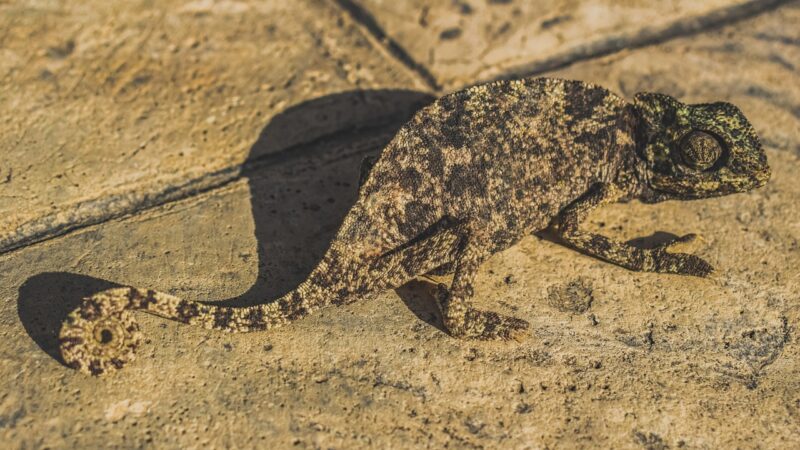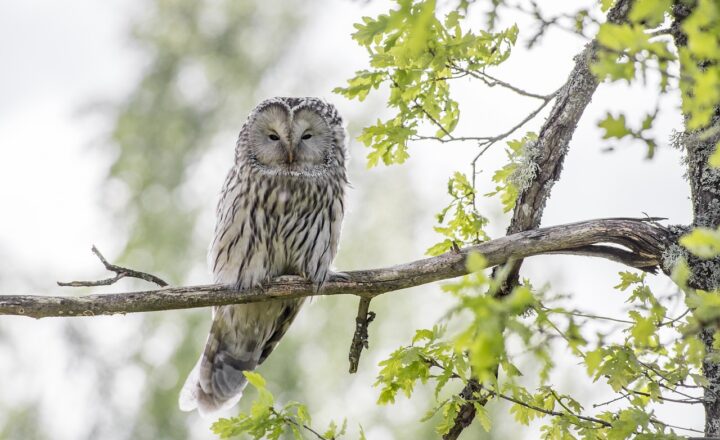The Most Remarkable Ways Animals Adapt to Their Environments
November 17, 2024

Animals have evolved over millions of years to survive and thrive in their environments. Adaptation is the process by which species undergo changes in their physical or behavioral traits to better suit their ecological niche, and it is a fascinating topic that reveals the incredible creativity and resilience of life on Earth. From the arctic tundra to the deep ocean, diverse habitats are home to an array of species that have developed remarkable adaptations. This article explores some of the most extraordinary examples of how animals adapt to their environments and the science behind these adaptations.
1. Physical Adaptations: Body Shapes and Structures
Physical adaptation refers to the structural changes in an organism that enhance its chances of survival and reproduction. These adaptations can take many forms, from coloration and camouflage to changes in size and shape.
- Camouflage: Many animals, such as the stick insect and chameleons, have evolved to blend into their surroundings, making them less visible to predators. Camouflage is not just about hiding; it also aids in stalking prey for predators. For instance, the snowy owl’s white feathers help it to blend in with the snow, making it a skilled hunter in its icy habitat.
- Mimicry: Some species take camouflage a step further by mimicking the appearance of other dangerous or unpalatable species. The Viceroy butterfly, for example, closely resembles the toxic Monarch butterfly, thus deterring potential predators from eating it.
- Size and Shape Variations: The finches of the Galapagos Islands, studied by Charles Darwin, exhibit a variety of beak shapes and sizes, allowing each species to access different food sources unique to their environment. This adaptive radiation illustrates how physical traits can evolve in response to ecological challenges and opportunities.
Adaptations in physical traits can empower animals to hunt effectively, avoid being hunted, or even attract mates.
2. Behavioral Adaptations: Survival Strategies in Action
Behavioral adaptations are actions or activities that an organism engages in to survive. These can be innate or learned and play a crucial role in how species interface with their environments.
- Migration: Seasonal migration is a dramatic form of behavioral adaptation. Birds, like the Arctic Tern, migrate thousands of miles from their breeding grounds in the Arctic to their wintering grounds in the Antarctic. This long-distance travel not only enhances their survival by providing access to food resources but also affects their reproductive success.
- Social Behavior: Many species have adapted social behaviors that improve their ability to survive. For example, pack hunting in wolves enhances their success rate when hunting large prey, while schooling in fish provides protection from predators.
- Tool Use: Some animals have developed the ability to use tools as a form of adaptation. Chimpanzees, for example, use sticks to extract termites from mounds, demonstrating intelligence and adaptability by leveraging available resources for sustenance.
Such behavioral adaptations reveal the complexities of animal lifestyles and their ability to navigate the challenges posed by their environments.
3. Physiological Adaptations: Internal Adjustments to Survive
Physiological adaptations involve internal body processes that help animals maintain homeostasis in varying conditions. These adaptations can influence growth, reproduction, and overall health.
- Hibernation: Many animals, such as bears, undergo hibernation, a state of dramatically reduced metabolic activity, during winter months. This adaptation allows them to survive when food is scarce, conserving energy until the environment becomes favorable again.
- Desert Adaptations: Animals in arid environments, like the desert frog, have developed remarkable physiological traits allowing them to survive extreme heat and water scarcity. They can absorb moisture through their skin and enter states of dormancy until they encounter wet conditions, maximizing survival during droughts.
- Thermoregulation: The Arctic fox is another example, adapting to its frigid environment by developing a thick fur coat that insulates its body, while also having furry footpads to prevent heat loss through contact with snow. This thermoregulation is crucial for survival in extreme cold.
Physiological adaptations help animals deal with environmental stressors, ensuring their survival despite climate variations.
4. Evolutionary Adaptations: The Big Picture
Adaptations may take many generations to develop and are often pivotal in the evolutionary story of a species. Evolutionary adaptations are influenced by factors such as natural selection, mutation, and genetic drift.
- Natural Selection: This principle highlights how certain traits become prevalent in a population due to their advantageous nature. The peppered moth is a classic example, as its coloration shifted from light to dark during the Industrial Revolution due to increased pollution, affecting its camouflage against predators.
- Speciation: Over time, isolated populations can diverge into new species as they adapt to their unique environments. Different island species of the Hawaiian honeycreeper showcase how geographic isolation can lead to varying adaptations within a single family of birds, resulting in unique beak shapes and sizes that cater to distinct food resources.
- Evolutionary Pressure: Environmental changes can exert evolutionary pressure, forcing species to adapt quickly or face extinction. The survival of the fittest encapsulates how species that change in response to these pressures are more likely to continue thriving.
Understanding evolutionary adaptations provides insight into the interconnectedness of life and the dynamic nature of ecosystems.
Conclusion: The Wonder of Adaptation
Animal adaptations are an extraordinary testament to the ingenuity of life and the ongoing narrative of survival on Earth. From physical and behavioral adaptations to physiological changes and evolutionary processes, the ways animals respond to their environments are as varied as the species themselves. Recognizing and appreciating these adaptations deepens our understanding of the natural world and highlights the importance of preserving ecosystems to sustain the diverse life forms that inhabit them.
In a rapidly changing world, studying animal adaptations not only fosters conservation efforts but also inspires curiosity about the wonders of nature. Through research and education, we can continue to unveil the intricacies of life and promote stewardship for our planet.
As we explore and protect biodiversity, let us remain intrigued by the remarkable ways in which animals adapt to their environments, celebrating the relentless spirit of survival that defines life on Earth.







